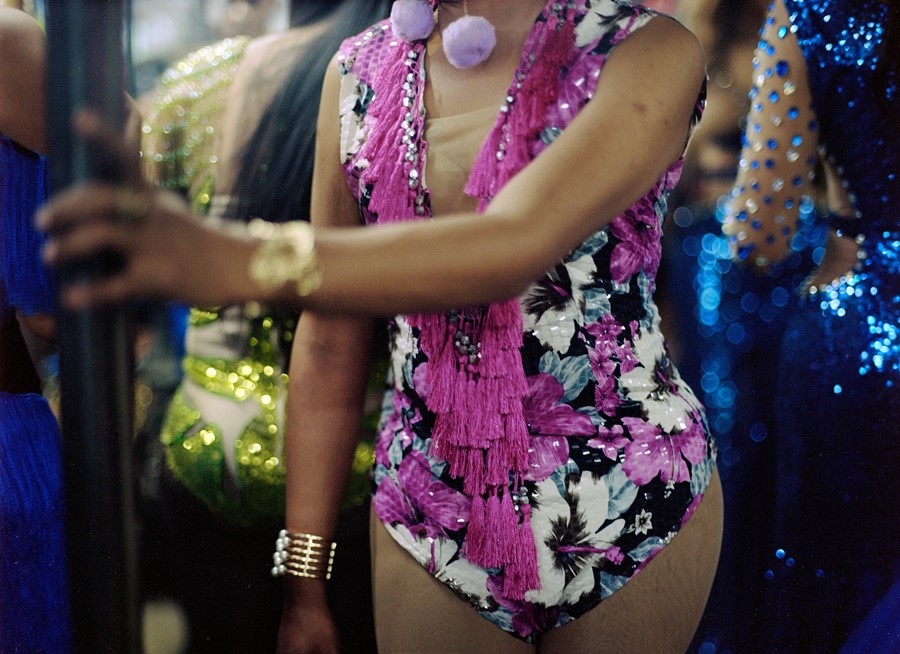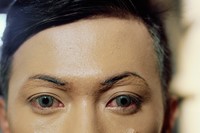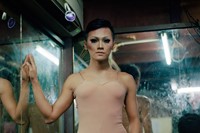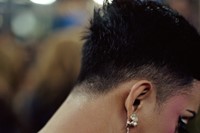French photographer Estelle Hanania steps into the glitzy world of three Indonesian drag queens – camera in-hand, of course
Photographer Estelle Hanania is obsessed with transformation: how our inner and outer lives intermingle, and how slippery our outwardly projected identity is. Many of her past projects have focused on such ideas, including a charming 2015 series capturing children dressing up for the Jewish Purim celebrations. Recently, her obsession took her much farther afield from her native France, all the way to Jogjakarta on Java Island, Indonesia.
Hanania had first visited the island with a friend, and was surprised when they ended up at the glitzy Raminten cabaret, where to her delight, she saw Céline Dion, Rihanna and Ariana Grande – or their drag queen versions, otherwise known as Suzzaravina, Jie Na and Rirhie Stephanie. The trio immediately captured her imagination, and Hanania ended up returning to the island to photograph the men behind the costumes; showing how they transform themselves, and how people negotiate this wild glamour against the background of a mainly Muslim society that might not conventionally coexist with such gender-play. “How can a group of individuals or an entire society find an antidote to their shackles?” Hanania asks. “How do you conform to social or religious norms while simultaneously expressing your ambivalence, your indisputable part in fantasy?” The series started out as a self-initiated project, but was since picked up by Vogue US and is currently on show at Bozar arts centre in Brussels in an exhibition titled Be There, Be Entertained!
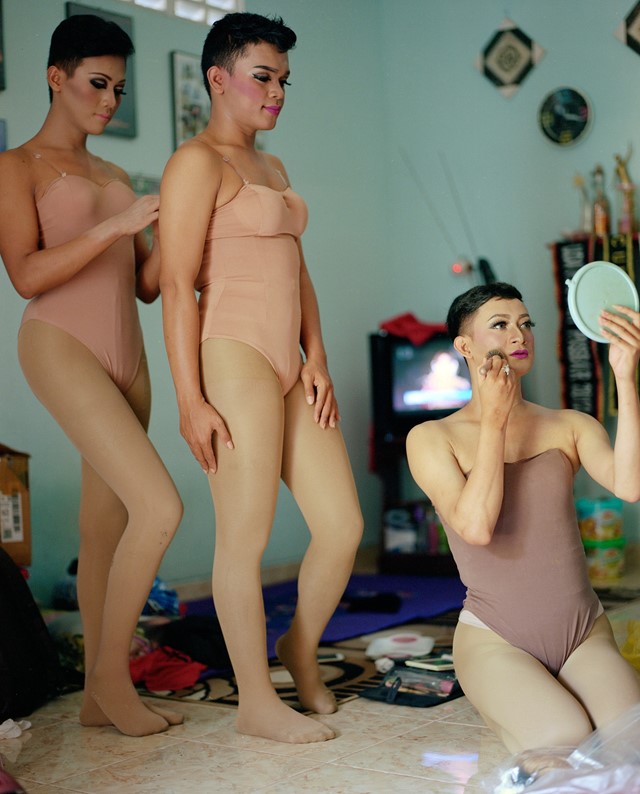
On her fascination with transformation…
“I’ve photographed many traditions where people get costumes and disguise themselves and change for a moment, but for this project it was an extreme change. It was about gender, too: a man becoming a woman and transforming for one night into an extravagant creature.
The first time I saw these drag queens they were only on stage – I never went backstage, so I didn’t know what they’d look like out of makeup or their outfits. I wanted to follow their steps from an ordinary boy to an extremely gorgeous woman. I was very surprised when I met them for the first time as they had no make-up: they kept warning me ‘we are very ordinary boys!’ and in my mind they were super tall women, very strong and impressive, but when I met them they weren’t super tall, they were skinny... they were good looking but it was very different!”
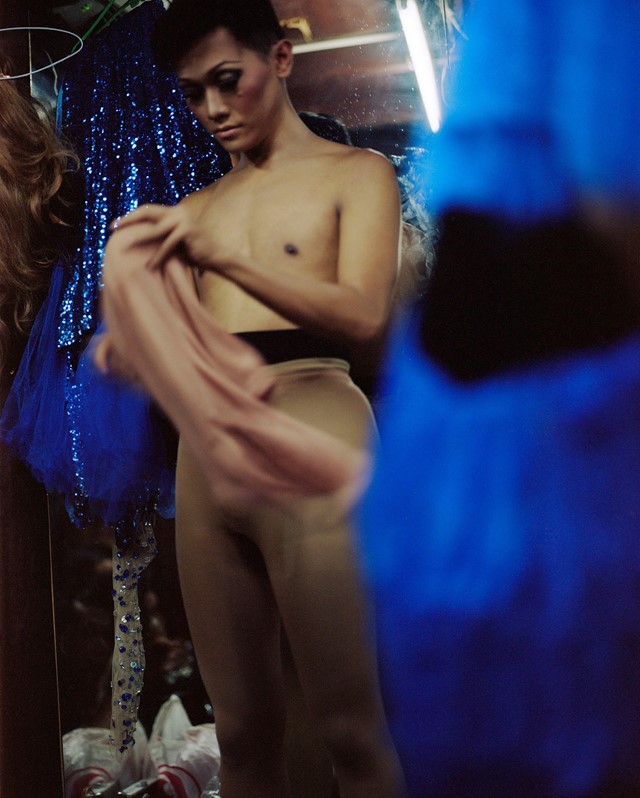
On cultural differences...
“When I went back to photograph the drag queens I wasn’t specifically thinking about the religious background, as in my mind I was more focused on them as people. From a European point of view it can be very striking to see a drag queen in the audience next to someone with a hijab but for them they were like “whatever”: it’s very common, even though they don’t show off about [doing drag] like crazy. Obviously it’s not as easy to be a drag queen in Jakarta as it is somewhere like New York or Paris, so it’s more of a statement.”

On what makes a great photography story...
“I think the global nature of this story is important. There’s one particular photograph in this story I’m super happy with – it’s very close up on one of the drag queen’s faces, and you can see the makeup and heavy eyes – there’s something that’s both very artificial and very natural in the pose. What’s interesting is when you have all your images and start to edit, you can create a story from this material and help people enter that universe. I’d love for people to get carried away by this story, and maybe investigate it more; hopefully they’ll think about what it is to be a drag queen, and it’ll open people’s minds.”
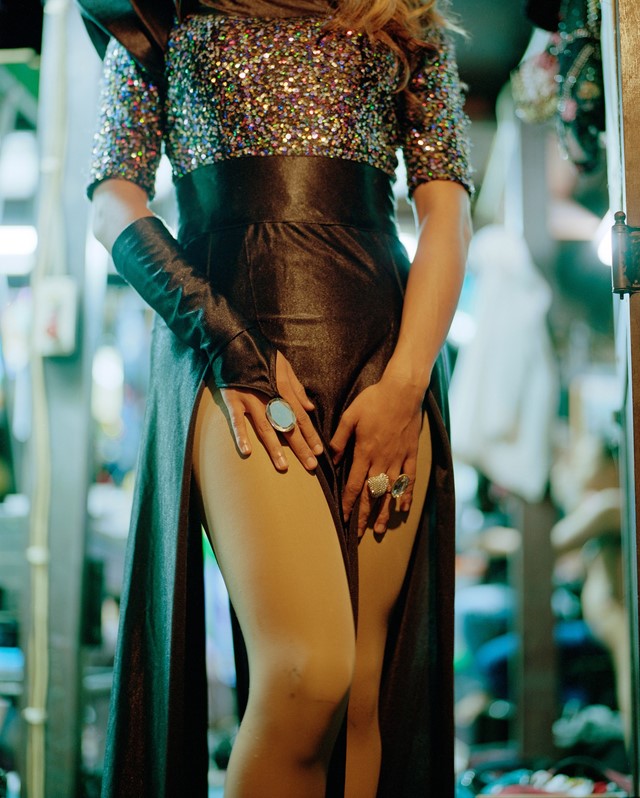
Be There, Be Entertained! runs until November 12, 2017 at Bozar Arts Centre, Brussels.
